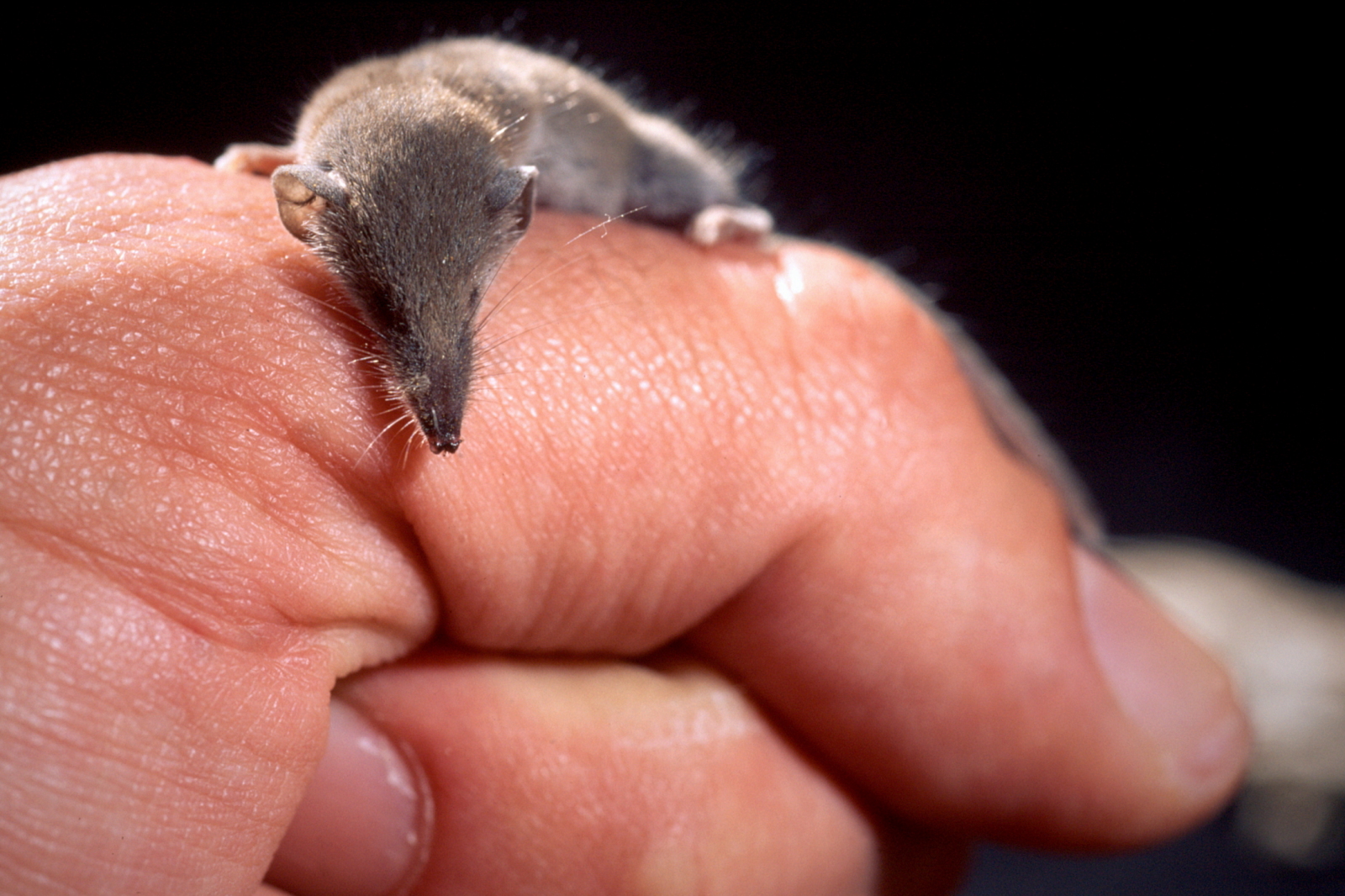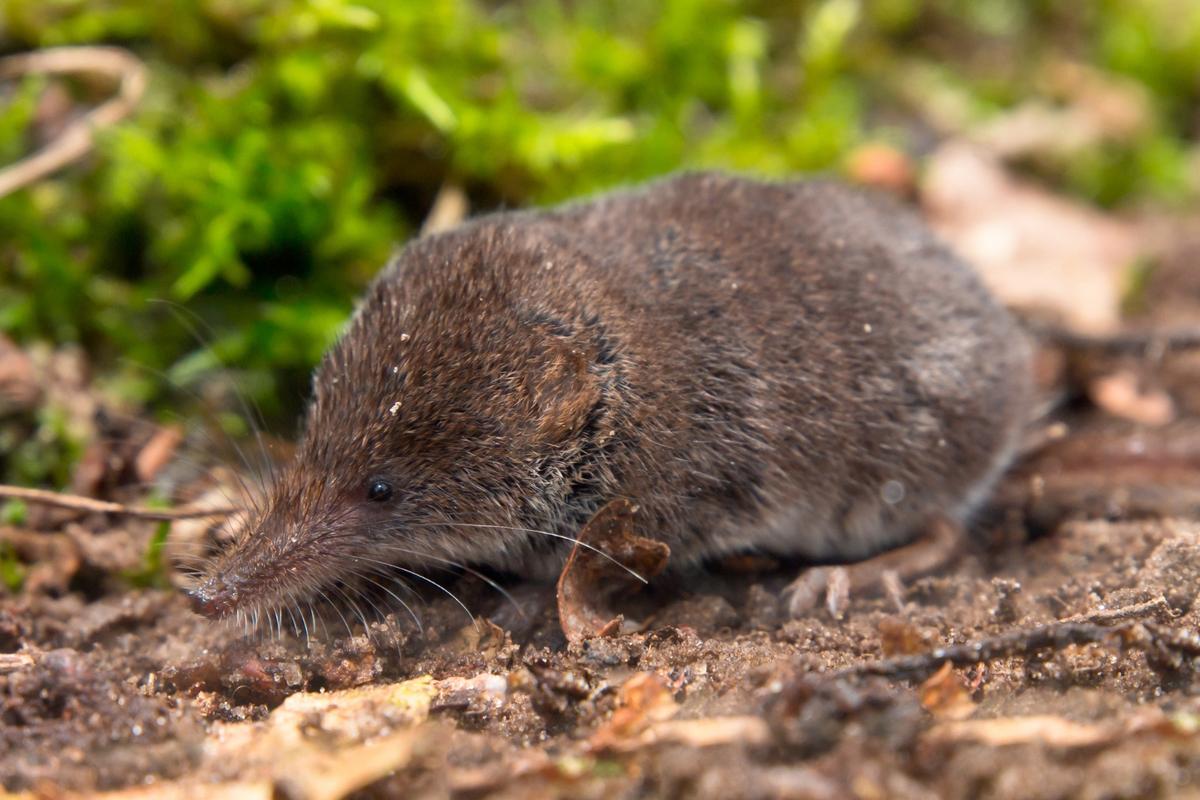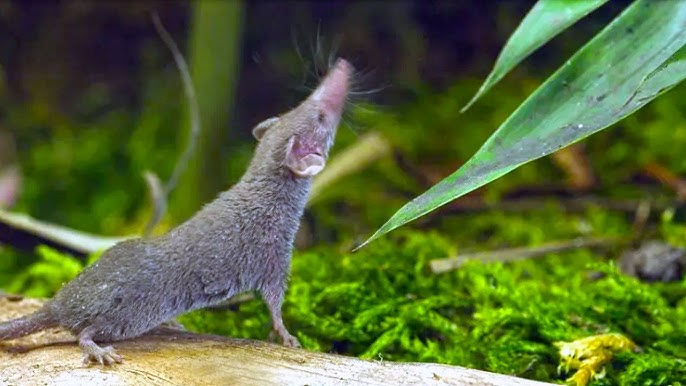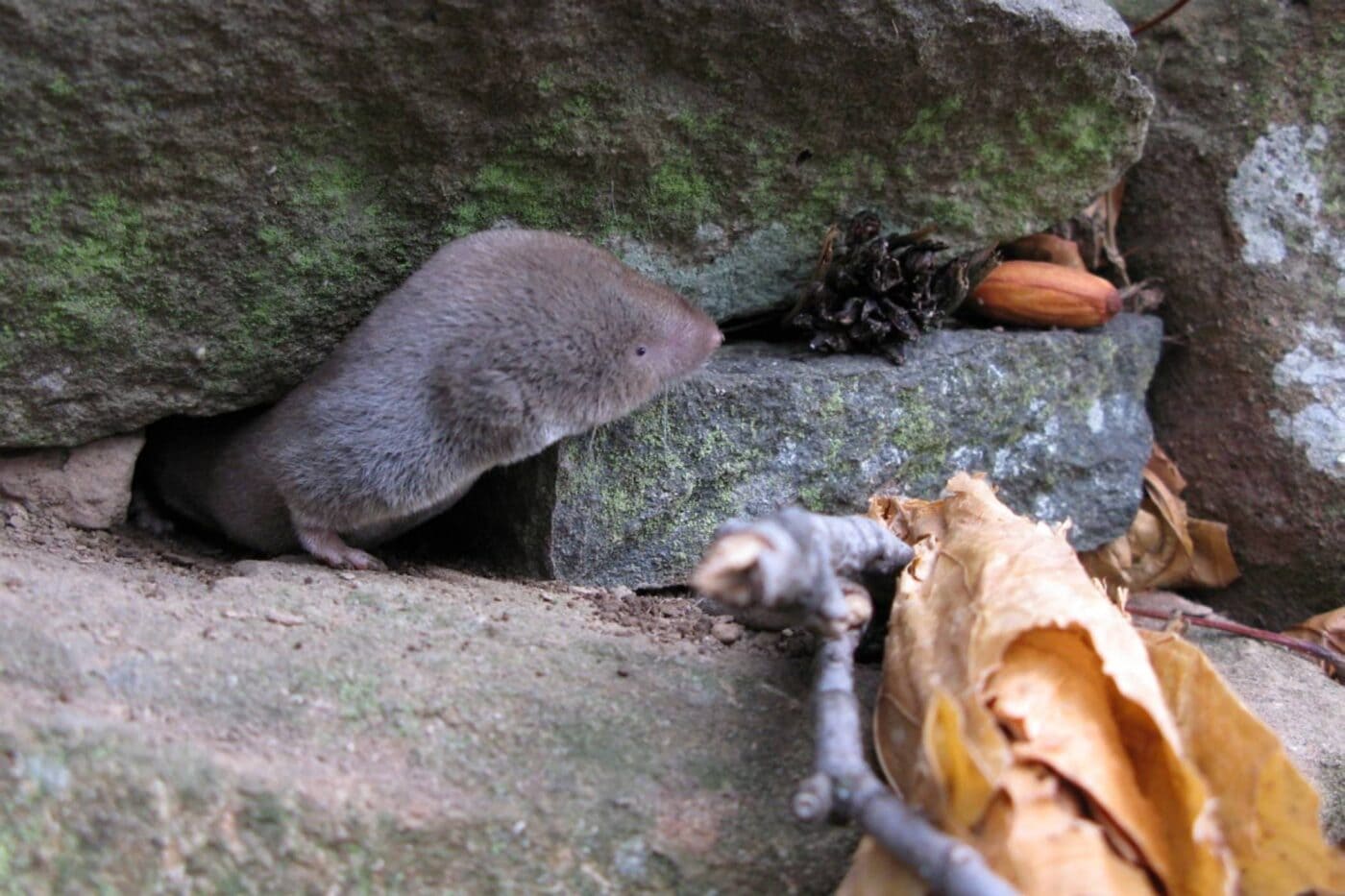Meet the Pygmy Shrew — One of the Smallest Mammals on Earth!
- DinhLong
- October 4, 2025

Meet the Pygmy Shrew — One of the Smallest Mammals on Earth!
At barely the size of your fingertip, the Pygmy Shrew is a tiny powerhouse, weighing just 2 to 6 grams—lighter than a coin! This tiny mammal, which can easily fit into the palm of your hand, is one of the fastest-moving creatures for its size, darting through the underbrush in search of food. Despite its small stature, it boasts one of the fastest metabolisms in the animal kingdom, requiring constant sustenance to keep its energy up.
To survive, the Pygmy Shrew must eat almost constantly, feasting on a variety of small invertebrates like insects, spiders, and larvae. It consumes more than its own body weight in food every single day—an astonishing feat for such a little creature! This constant need for food is driven by its rapid metabolism, which burns through energy at an incredible rate.
Fun Fact: The Pygmy Shrew has one of the fastest heartbeats of any mammal, with its heart racing over 1,000 beats per minute! Imagine the energy it takes to keep such a quick pace—its heart pumps faster than many large animals, including humans, in order to fuel its tiny body with the energy it needs to survive.

Despite its speed and constant need for food, the Pygmy Shrew is often overlooked due to its diminutive size and elusive nature. Living in dense vegetation, woodland areas, and even grasslands, it remains hidden from predators and humans alike, making it a true master of stealth. These little creatures are incredibly nimble, darting through their environment in search of their next meal with impressive agility.
Though small, the Pygmy Shrew is a vital part of the ecosystem, helping to control insect and spider populations. In turn, it serves as an essential food source for larger predators, like owls, snakes, and foxes. Its rapid movement and constant need for food make it a key player in the food web, maintaining balance in the habitats where it lives.
Sadly, due to habitat loss and climate change, the Pygmy Shrew’s populations are under threat in certain regions. Conservation efforts are crucial to ensure the survival of this tiny, yet incredibly resilient creature. By preserving their natural habitats and understanding their vital role in the ecosystem, we can continue to marvel at the Pygmy Shrew’s remarkable survival skills.
So, the next time you spot a tiny movement in the undergrowth, keep your eyes peeled—you just might be lucky enough to catch a glimpse of one of the fastest, most energetic creatures on Earth!











